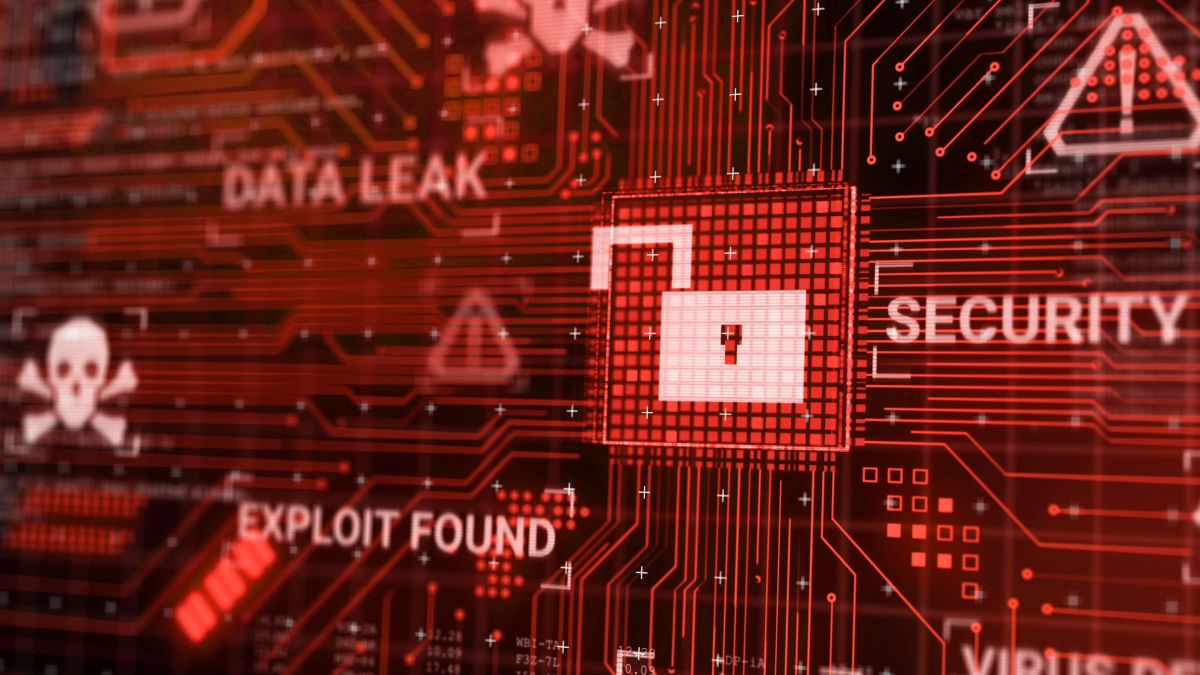Cyberterrorism: when terrorist groups find space on the Internet to launch attacks

Nowadays, everyone knows that cybersecurity has become a battlefield with multiple soldiers, but this sector becomes even more necessary when talking about terrorism.
Extremist groups have found the Internet a perfect terrain to spread their propaganda, coordinate activities and, sometimes, carry out cyber attacks. against websites and all types of essential services in the digital world for the population.
One of the key strategies is the spread of extremist content and radicalization through videos and messages on lesser-known platforms. These materials seek to recruit followers, incite violence and spread their message of hate.
Additionally, groups such as the Islamic State have resorted to using file hosting sites and less monitored platforms to maintain an online presence. However, they are also specialists in launching all types of cyber attacks.
“They usually try to affect high-traffic sites or critical infrastructures of their declared objectives. Some attacks try to alter the content of websites or social media accounts with a large amount of traffic and introduce protest messages,” he explains in an interview for Computer Today Víctor Deutsch, cybersecurity expert at IMMUNE Technology Institute.
“Others focus on discontinuing or hindering the operation of sites with critical information, through attacks on web applications (exploiting vulnerabilities in web servers), through volumetric denial of service (DDos) attacks or through the massive dissemination of fake news” , Add.
Emblematic cases of terrorist cyber attacks
Cybercaliphate attacks (2015-2016)
- Group involved: the Cybercaliphate, linked to the Islamic State (ISIS).
- Targets: Took control of social media accounts and websites, including Newsweek’s Twitter and TV5Monde’s website, spreading propaganda and messages supporting ISIS.
Operation Ghoul (2018)
- Group involved: APT-C-23, linked to Hezbollah.
- Targets: Targeting financial institutions in the Middle East and South America, this attack sought to steal sensitive information and conduct cyber espionage operations.
Al-Qaeda cyberattacks on the Dark Web (ongoing)
- Group involved: Al-Qaeda and affiliates.
- Modus operandi: use of the Dark Web to coordinate operations, recruit followers and launch propaganda, using encrypted gold and encrypted communications.
Operation Ababil (2012-2013)
- Group Involved: Izz ad-Din al-Qassam Cyber Fighters.
- Targets: Denial of service (DDoS) attacks against US financial institutions in response to the film “Innocence of Muslims.” They claimed to be linked to Hezbollah.
“A good example is the latest Hamas terrorist attack on October 7 in Israel. Approximately twelve minutes after air raid alarms sounded for the massive missile launch, DDoS attacks were detected targeting websites that provide critical information and alerts to civilians about rocket attacks,” adds the expert.
“The initial attack peaked at 100,000 requests per second (rps) and lasted for ten minutes. Forty-five minutes later, a second, much larger attack occurred, which peaked at 1 million rps for six minutes. In In the following weeks there were similar attacks on websites belonging to Israeli media outlets,” says Victor Deutsch.
Due to security, these groups have now migrated to smaller platforms: this is how Altitude is born
As already mentioned in Computer Today some days ago, Cyberterrorism has been escalating and, in recent years, these groups have abandoned larger, regulated social media platforms to take refuge in smaller, less monitored spaces..
These smaller, almost niche platforms lack the resources and expertise necessary to quickly remove terrorist content. While Facebook, Google and other technology giants have global support to eliminate this illegal content, smaller platforms face a pretty serious problem.
Yasmin Green, CEO of Jigsaw, a Google subsidiary, highlights this transition, noting that “The Islamic State and other terrorist groups did not abandon the Internet just because they no longer had the megaphone of their social media platforms. They went elsewhere.” .
Faced with this new reality, Altitude emerges as a free tool developed by Jigsaw in collaboration with Tech Against Terrorism.
Positioned as a digital shield designed to help detect and remove terrorist content on smaller platforms. Its integration into the backendconnecting to Tech Against Terrorism’s content analytics platform, represents an essential and timely solution.
The great advantage of Altitude lies in its free nature, a basic aspect to address the presence of terrorism on the Internet. Unlike other similar tools, which are prohibitive for smaller platforms, this one seeks to level the playing field.
“Collaboration with the IT and telecommunications sector is also very important. An example is the public-private group formed during President Obama’s mandate in the US to adapt regulation and network technologies to the new challenges of terrorist propaganda. Facebook, Twitter, Microsoft, LinkedIn, YouTube and apple are part of it with a single slogan: “How can we make it more difficult for terrorists to use the Internet to recruit, radicalize and mobilize their followers towards violent acts?”, he concludes. .



